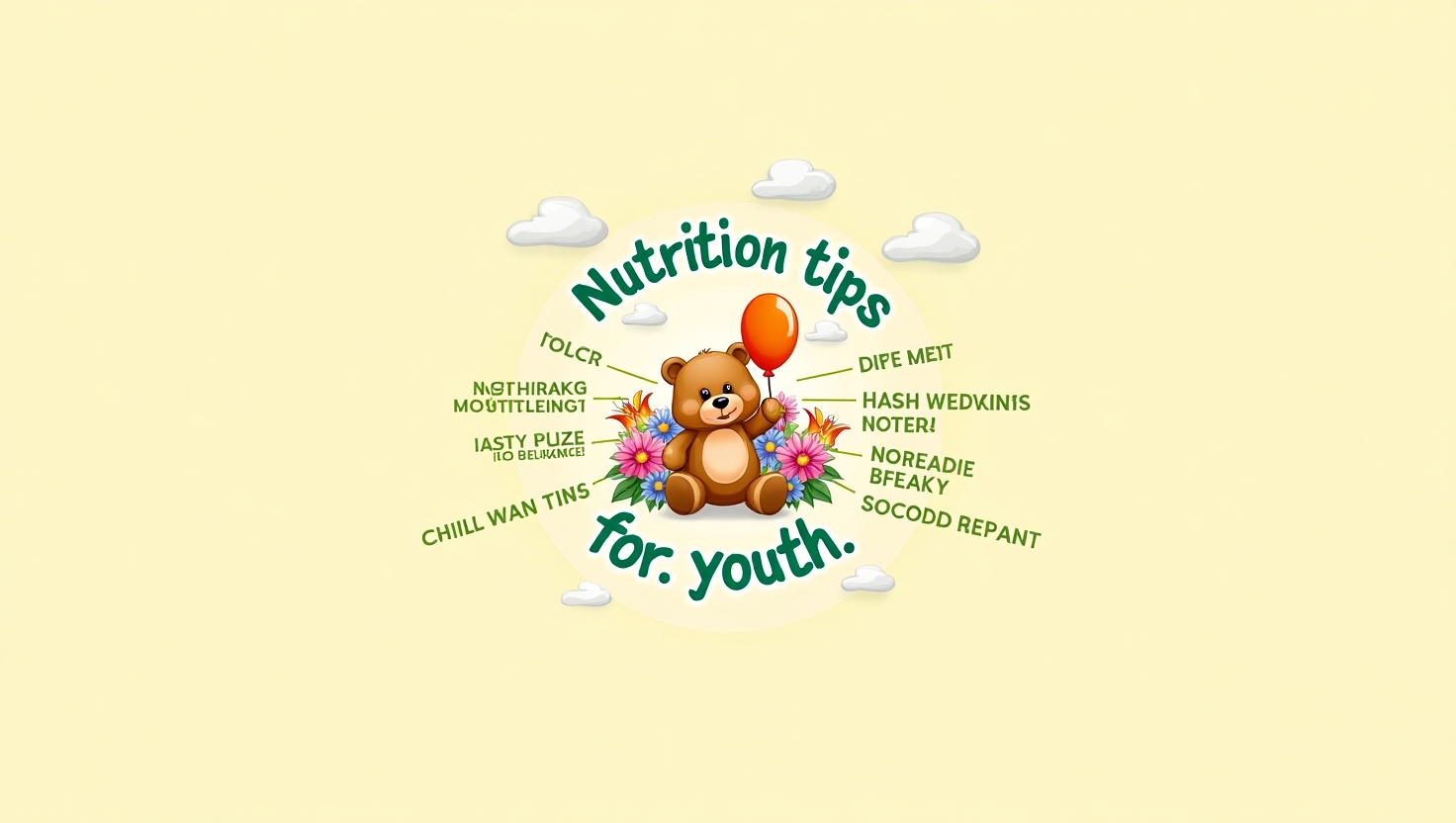Sports and physical activity play a key role in maintaining a healthy lifestyle. Whether you’re a professional athlete or a weekend jogger, staying active helps your physical health, mental well-being, and overall quality of life. However, with frequent engagement in sports comes the risk of injury. From sprained ankles to damaged ligaments, injuries can interrupt your development and lead to long recovery times. The good news is that many sports injuries are preventable with the right knowledge and precautions.

Why Sports Injury Prevention Matters
Preventing injuries is not simply about avoiding discomfort or downtime; it’s about assuring long-term involvement in things you love. Injuries can disrupt training schedules, damage mental health, and in severe cases, end athletic careers. For amateur and professional athletes alike, prioritizing injury prevention boosts performance, builds body awareness, and ensures sustainable fitness goals.
Common Types of Sports Injuries
Before understanding how to prevent them, it’s useful to understand the most common sports injuries:
Sprains and strains (ankles, knees, wrists)
Muscle pulls or rips
Tendinitis (inflammation of tendons)
Shin splints
Runner’s knee or jumper’s knee
Fractures or dislocations
Concussions
These injuries generally occur from overuse, incorrect technique, inadequate warm-up, or physical contact.

Top 10 Tips for Sports Injury Prevention 1. Warm Up Properly
Never underestimate the importance of a solid warm-up. Warming up prepares your body for physical activity by increasing blood flow, elevating heart rate, and loosening muscles.
How to warm up:
Light cardio (5–10 minutes of jogging or jumping jacks)
Dynamic stretches (leg swings, arm circles)
Sport-specific drills at a slower tempo
A warm-up lowers stiffness and prepares joints for movement, helping to prevent muscle strains and tears.
Focus on Flexibility and Mobility
Regular stretching and mobility exercise increase joint function and reduce the chance of injuries like pulled muscles or ligament sprains. Best practices: Include static stretching post-workout Add yoga or mobility drills to your weekly routine Focus on hips, shoulders, ankles, and spine flexibility- Strengthen Core and Supporting Muscles
A strong core provides stability for the entire body. Weak muscles around the joints increase the chance of injury, especially in high-impact sports. Target areas: Core (abs, lower back) Glutes and hamstrings Rotator cuff and shoulder muscles Calves and hip flexors Incorporate bodyweight exercises, resistance bands, or weightlifting into your training.
se Proper Technique and Form
Improper form is a primary source of sports injuries, especially in activities like weightlifting, jogging, or contact sports. Tips: Learn optimal form from a trained coach or trainer Record your performance to identify and fix poor mechanics Avoid overdoing weights or progressing too quickly Using good technique ensures your body moves efficiently and safely.- Wear the Right Gear
Always wear sport-specific gear, including protection equipment, suitable footwear, and comfortable clothing. Examples: Helmet and mouthguard in contact sports Supportive running shoes Compression clothing for muscular support Wearing the correct gear dramatically minimizes injury risk, especially in team and impact sports. - Stay Hydrated and Eat Nutritiously
Your body functions best when it’s well-fueled. Hydration and nutrients have a key role in muscle function, rehabilitation, and general resilience. Essentials: Drink plenty of water before, during, and after activity Consume a balanced diet rich in protein, carbs, and healthy fats Avoid exercise on an empty stomach or while dehydrated - Allow Time for Recovery
Rest and recovery are just as important as training. Overtraining without proper recovery can lead to tiredness, burnout, and chronic ailments like tendinitis or stress fractures. Recovery tips: Get 7–9 hours of sleep nightly Schedule rest days between intense workouts Use active recuperation treatments like walking, stretching, or foam rolling

Listen to Your Body
Pain is your body’s method of expressing something is amiss. Ignoring discomfort might transform a simple condition into a catastrophic injury. What to watch for: Persistent soreness or swelling Sharp or abrupt pain while action Decreased range of motion Don’t push through pain. Take pauses, rest, or seek medical care if symptoms continue.- Cross-Train to Avoid Overuse Injuries
Doing the same sport or movement repeatedly raises the risk of overuse injuries. Cross-training allows different muscle groups to recuperate while staying active. Ideas: Runners can ride or swim Weightlifters can do yoga or Pilates Athletes can vary between strength and cardio regimens - Schedule Regular Checkups
Annual physicals and consultations with a sports physician or physiotherapist might catch imbalances or early signs of overuse. Benefits: Professional assessment of posture and movement Injury prevention measures unique to your sport Personalized healing plans
Conclusion
Sports injury prevention is about more than avoiding setbacks—it’s about enhancing performance, improving lifespan, and keeping a healthy connection with physical activity. By adopting these prevention techniques, athletes of all levels may train smarter, recover better, and enjoy their sport without interruption. Remember, the finest athletes aren’t simply strong—they’re knowledgeable about how they move, rest, and care for their bodies. Whether you’re seeking personal fitness goals or competitive achievement, prioritizing injury prevention is crucial to remaining healthy and realizing your best potential. Keywords: Sports injury prevention, avoid sports injuries, athletic safety tips, fitness injury recovery, warm-up routines, injury-free training, athlete recovery advice, exercise safety, sports performance, prevent muscle strains



